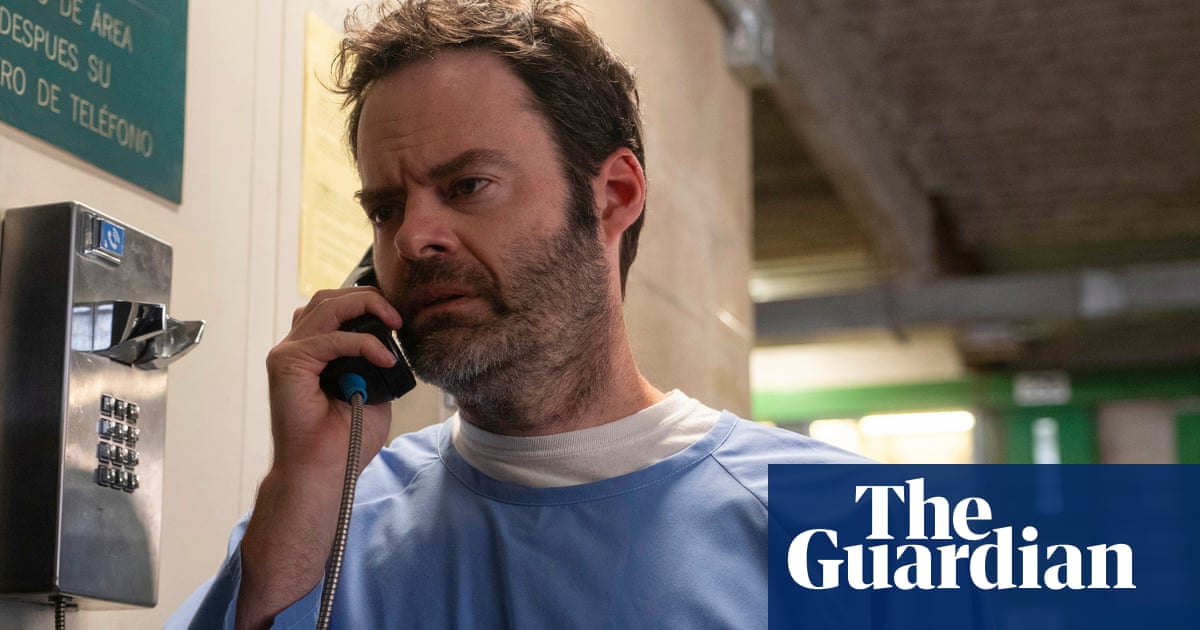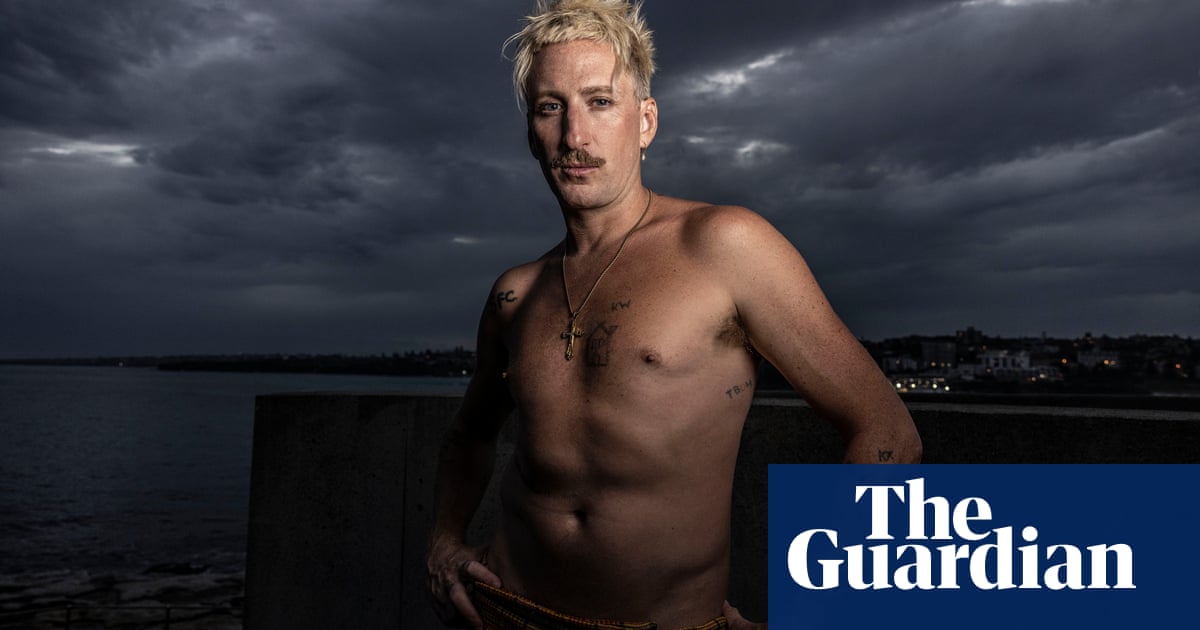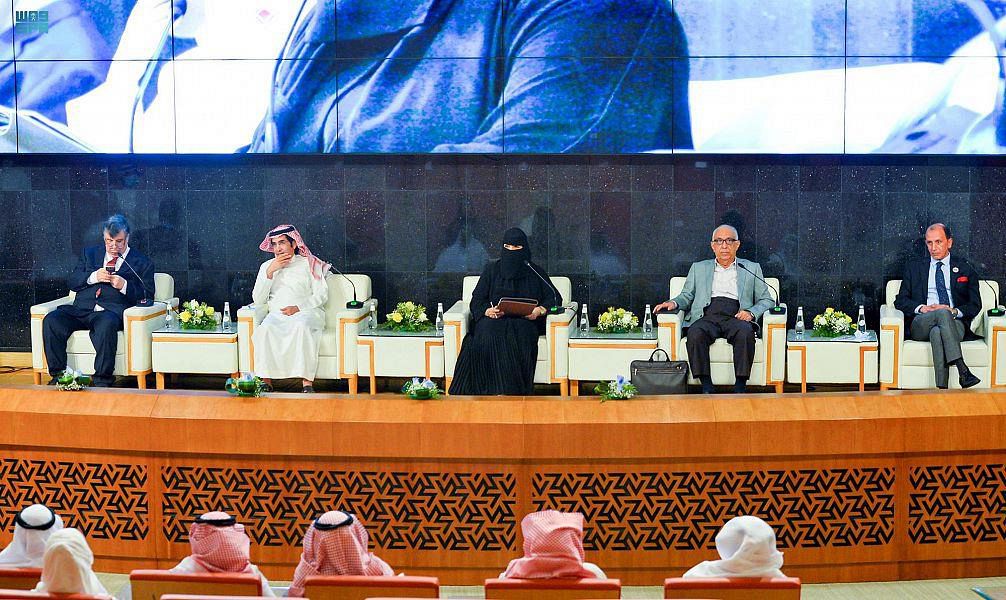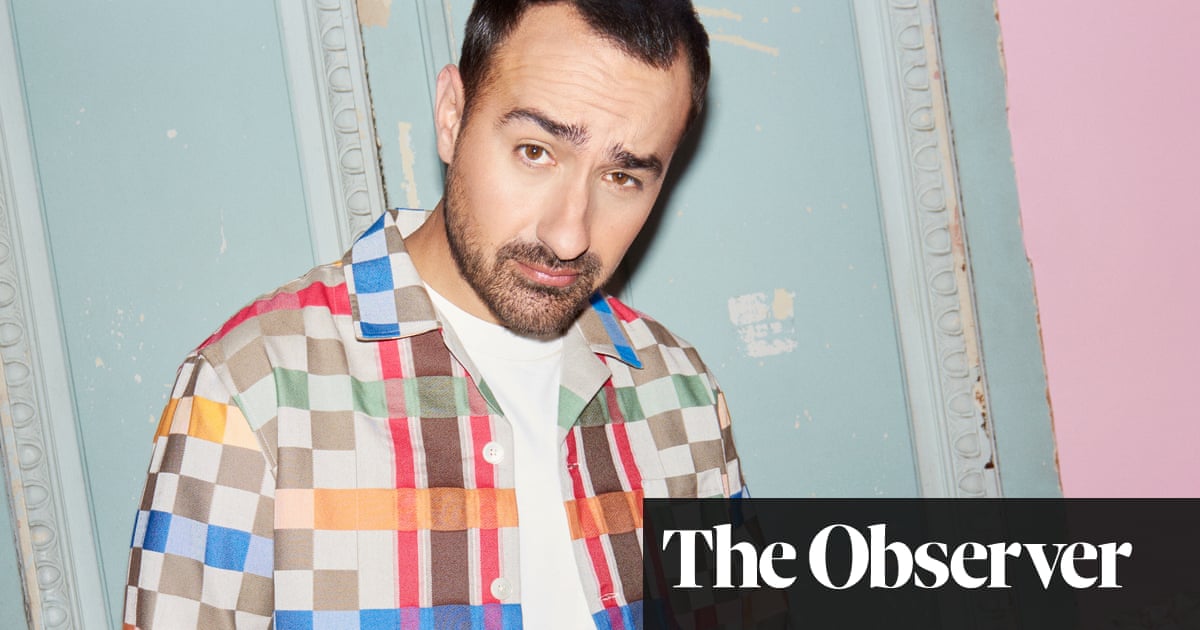
Barrie Kosky has been repulsing, entertaining and thrilling audiences since he first appeared on the Australian live theatre scene with his distinctly European-infused Gilgul Theatre in the early 1990s.
Characterised early on as the cliched enfant terrible, the Melbourne director’s work has matured over the years, but has never shied from pushing artistic boundaries and breaking rigid operatic rules. In doing so, Kosky has established a formidable reputation in Europe as the guy you get in to resurrect the stale corpses of the opera repertoire.
As the Los Angeles Times critic Mark Swed put it: “He has an unerring antenna for finding hidden pockets of silliness and tenderness, of humour and pathos, in works that have been performed to death.”
On 4 March Kosky’s production of Rimsky-Korsakov’s the Golden Cockerel – which premiered in France last year – opens at Adelaide festival, marking artistic directors Neil Armfield and Rachel Healy’s third Kosky opera, following the Magic Flute in 2017 and Saul in 2019.
Here, Kosky discusses those productions, and others that have enthralled/appalled audiences and critics over the past decade.
The Magic Flute, 2012
Kosky describes Mozart’s Magic Flute as a hybrid beast, and a minefield for directors. He also admits it’s one of his least favourite operas, and resisted calls by Komische Oper Berlin to mount a new production of the work for several years.
But when he came across the work of animator Paul Barritt and the British theatre company 1927 at a Hanover festival, the director realised that a collaboration could deliver a Magic Flute free of all the usual operatic cliches.
The production marked Kosky’s debut as Intendant (artistic director) of the Komische Oper Berlin, and although he has staged a number of productions with them since, this work has proved one of his most popular. It has played in more than 30 cities, including Adelaide and Perth in 2019, and continues to tour; it has just finished a season in Houston, and will open in Montreal in a few months. Warsaw loves it so much that Opera Narodowa stages the Kosky production every year.
“It’s success was an extraordinary shock and delight, but it came as a complete surprise to us,” he says. “People were just gobsmacked – a German audience being gobsmacked. They’ve seen hundreds of productions of the Magic Flute, they’re bored by the Magic Flute, so to get this very savvy opera audience to see the piece in a new way and not be bored by it …”
While praised as highly original and visually stunning around the world, the fusion of live performance and animation – in which the Queen of the Night is portrayed as a giant predatory knife-hurling spider – appalled critics in Illinois last November, with the Chicago Tribune describing the Lyric Opera production as “visually chaotic” and “Monty Pythonesque”.
The headline in the Chicago Classical Review? “Mozart for Dummies: Lyric Opera chops up, dumbs down Magic Flute in animated travesty”.
Kosky took Handel’s three-hour biblical oratorio and turned it into a visually sumptuous full-scale choreographed opera for his Glyndebourne debut in 2015.
“We wanted to liberate the story from a staid, static presentation,” says Kosky, who collaborated with Vienna-based designer Katrin Lea Tag.
“The story itself – everything from the triumphant return of David with the head of Goliath, to absolute apocalyptic desolation of war, and the beheading of a mad king – the story lends to quite a broad spectrum of ideas and images.
“So we created a phantasmagoric world which was part 18th century, part contemporary. I wanted it to be sumptuous, we wanted to saturate the stage with a sumptuousness of silk and wigs.”
The over-the-top production style was a gamble for Kosky, making his debut at the annual Sussex country house opera festival that has been running for almost a century.
The Guardian praised Saul as “theatrically and musically, one of Glyndebourne’s finest shows of recent years”. The Telegraph described it as “utterly enthralling”.
The Pearls of Cleopatra, 2016
“Three hours of sheer and utter nonsense,” is how Kosky describes his 2016 revival of Oscar Straus’s 1924 operetta, the Pearls of Cleopatra, for Komische Oper Berlin.
“It’s the story of Cleopatra, but in our production she speaks with a Berlin accent and is anything but the Elizabeth Taylor cliche.”
The director credits much of the production’s success to regular collaborator and stage designer Rufus Didwiszus, costume designer Victoria Behr, and the German actress who portrayed Cleopatra, Dagmar Manzel, a Kosky muse.
“I am deeply proud of her in this, an all-singing, all-dancing extravaganza of sheer and utter nonsense,” he says.
“It’s part Carry On film, part pantomime, part Las Vegas show and it requires the audience to just leave their thinking caps in the dressing room and sit back and watch three hours of nonsense.
“And I think there’s a place for that in theatre. I don’t want to do that every night, and I certainly don’t do that in every production, but there is certainly a place for three hours where you can laugh and enjoy the outrageousness.”
The Fair at Sorochyntsi, 2017
“So peculiar, it feels like a hallucination” was how the Financial Times described Kosky’s 2017 production of Modest Mussorgsky’s Der Jahrmarkt von Sorotschinzi (the Fair at Sorochyntsi), with reviewer Shirley Apthorp concluding the production delivered “musical beauty and dramatic incoherence”.
Apthorp clearly felt ambivalent about Kosky’s Orwellian pigs on stilts and scatological acts against turkey carcasses; there were a significant number of vacated seats following interval at the Berlin premiere, she noted.
Kosky describes the production as a labour of love, both for the music of Mussorgsky, whose alcoholism ensured he never finished the opera in his short lifetime, and the writings of 19th century Russian absurdist and grotesque novelist Nikolai Gogol, upon which the libretto is based.
“There’s a wonderful combination of folklore, magic and a sort of eroticism at the heart of his stories,” he says.
“Only in Gogol do you find this mixture of naivety and complexity – it’s a fairy story and a story of simple village life mixed in with magic and sex and melancholy. It’s a mixture I find very intoxicating on stage.”
Kosky’s fascination with Gogol continued with the Covent Garden production of Dmitri Shostakovich’s the Nose, an absurdist Kafkaesque tale about a self-important civil servant who wakes up one day missing a body part.
The 2016 English production, described by Opera Today as “virtuosic vaudeville”, debuted at the Sydney Opera House in 2018, with Australian audiences bemused by a series of unforgettable scenes: a bevy of bearded showgirls bearing aloft the protagonist, Platon Kuzmitch Kovalev, in nothing but his white Y-fronts, for instance; and a chorus line of giant tap-dancing proboscises.
In Sydney, Kosky installed two plants in the audience who at one point jump up and holler, “This isn’t the Rooty Hill RSL, it’s the Sydney Opera House!”, before walking out in mock outrage.
The Guardian critic Clarissa Sebag-Montefiore noted some real members of the audience followed suit, in a production she described as wild, grotesque and frenzied.
“Watching it I knew I was meant to be impressed,” she wrote. “But I couldn’t help but feel that this was Mr Bean done-up in the excessive costumes of The Capitol in The Hunger Games.”
Kosky pondered long and hard about how to convince a live audience that a singer’s nose had vacated its owner’s face before going awol in the community.
The solution: provide the entire cast with “normal” giant fake noses, thereby reducing the hapless Kovalev into a position of nose envy in the early scenes, before losing it to a clown’s nose after the appendage has absconded. That’s when the nightmarish circus begins.
“Shostakovich wrote this opera when he was only 21, and the music, it’s like vaudeville on acid. It demands strong visuals.”
Orpheus in the Underworld, 2019
The Salzburg festival production of the Jacques Offenbach operetta was Kosky’s last musical venture before Europe went into extended Covid-19 hibernation.
It featured the stage designs of Rufus Didwiszus, who has collaborated on many of Kosky’s works, including the Golden Cockerel, which makes its Australian debut at Adelaide festival on Friday.
Referring to the controversial decision to deck out Offenbach’s famous can-can dancers with Swarovski-studded penises and vaginas (fast forward to four minutes and 30 seconds to see them in action), Kosky says the remarkably seductive operetta simply demanded it.
“Swarovski was a major sponsor of the festival ... and there were hundreds of thousands of dollars worth of Swarovski crystals on the stage. We were all very happy.”
The LA Times’ Swed enjoyed it too: “The production is a dismaying, yet magnificent, overthrowing of the Offenbach typically presented as an innocuously charming wit who gave the world the light entertainment of operetta.
“It’s a phenomenal show – as deep as it is hilariously shallow, brilliantly conceived and produced and performed.”
In a follow-up piece, he wrote that the Australian director “dominated the European opera scene like no one else in memory”, building a reputation for delivering the sort of opera which – love it or hate it (or, not uncommonly, both) – people could not stop talking about.










